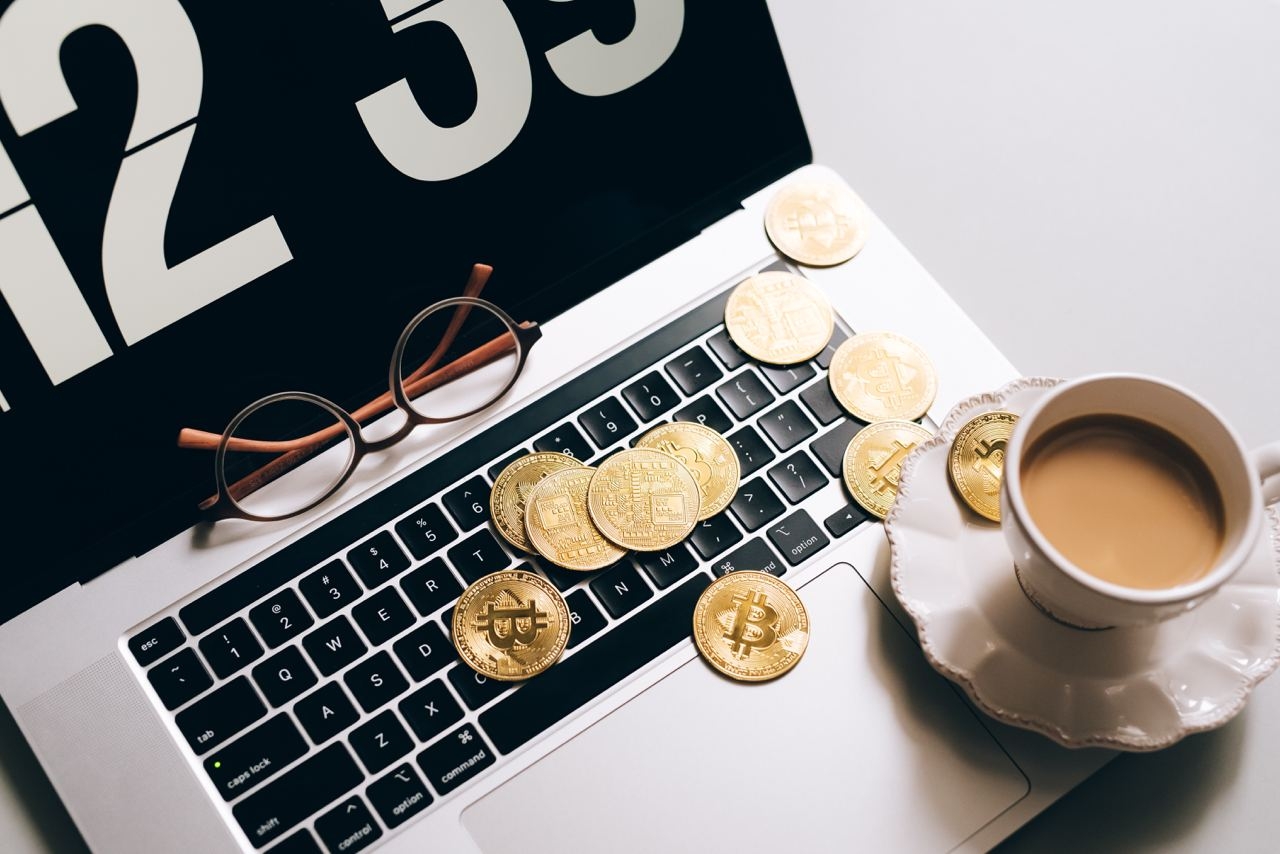The court case between the Crypto Open Patent Alliance (COPA) and self-proclaimed Bitcoin inventor Craig Wright isn’t likely to yield any blockbuster revelations. But the release of emails attributed to Bitcoin’s pseudonymous creator, Satoshi Nakamoto, has provided a surprisingly nuanced history lesson for the heralded cryptocurrency.
The latest batch of emails from the creator of Bitcoin—dated between February 5, 2009, and July 12, 2010—were addressed to computer scientist and software developer Martti Malmi, an early Bitcoin contributor who went by the nickname Sirius. Malmi took the stand to testify in the COPA vs. Wright case on Wednesday.
“Sending cash in the mail may have its risks, but maybe it's still the best anonymous option,” Nakamoto wrote at one point, favoring the analog method as a way to protect identities. “We can also ask for donations in BTC on the forum.”
The messages between Nakamoto and Malmi were entered into evidence as the U.K. court mulls the Bitcoin creator’s contested identity. Since 2016, Australian computer scientist Craig Wright has claimed to be the investor of Bitcoin.
On Thursday, the court received first batch of emails, addressed to cryptographer and cypherpunk Adam Back—CEO and co-founder of Blockstream—to accompany Back's testimony. Those emails included mention of computer scientist Hal Finney, who received the first Bitcoin transaction from Nakamoto—and who some believe to be the real Satoshi Nakamoto.
As with the previous email dump, the 120-page batch of messages came to light through Bitcoin historian and editor of Bitcoin Magazine, Pete Rizzo, on Twitter.
While Bitcoin remains the number one cryptocurrency with a trillion-dollar market capitalization, the emails show Nakamoto did not coin the term “cryptocurrency” and was uncomfortable with calling Bitcoin an investment.
“That’s a dangerous thing to say and you should delete that bullet point,” Nakamoto told Malmi. “It’s okay if they come to that conclusion on their own, but we can’t pitch it as that.”
Even though politicians and pundits continue to refer to Bitcoin as anonymous, the messages showed that Satoshi also wanted to remove that language from the Bitcoin.org website.
“Also, anonymous sounds a bit shady. I think the people who want anonymous will still figure it out without us trumpeting it,” Nakamoto said. “I removed the word ‘anonymous,’ and the sentence about ‘anonymity means’—although you worded it so carefully—can be kept hidden… it was a shame to remove it.”
In one message, Nakamoto detailed how Bitcoin might scale in the future, suggesting that the network would have a maximum of 100,000 nodes.
“100,000 block-generating nodes is a good ballpark large-scale size to think about,” Nakamoto wrote. “Propagating a transaction across the whole network twice would consume a total of [$0.02] of bandwidth at today’s prices.”
In his commentary, Rizzo noted that there are currently 50,000 nodes running the Bitcoin software.
Looking to add more server administrators, Nakamoto suggested Gavin Andresen.
“It should be Gavin,” Nakamoto said. “I trust him, he’s responsible, professional, and technically much more Linux capable than me.”
While Proof-of-Stake is lauded for its reduced drain on the environment, in the messages, Nakamoto championed the Proof-of-Work as the only solution for making peer-to-peer “e-cash work without a trusted third party.”
“Even if I wasn’t using it secondarily as a way to allocate the initial distribution of currency, PoW is fundamental to coordinating the network and preventing double-spending,” Nakamoto wrote.
In his quest to prove his claim of being Satoshi Nakamoto, Wright separately submitted over 160,000 documents accounting to BitMex Research on Wednesday.
“A real proof of Satoshi would only be like 150 bytes in total,” BitMex Research said, replying to a tweet by prominent Bitcoiner, software engineer, and cypherpunk Jameson Lopp. “Instead he produced a 160,000 page fake proof.”
Source : Decrypt by Jason Nelson / Feb 24, 2024
